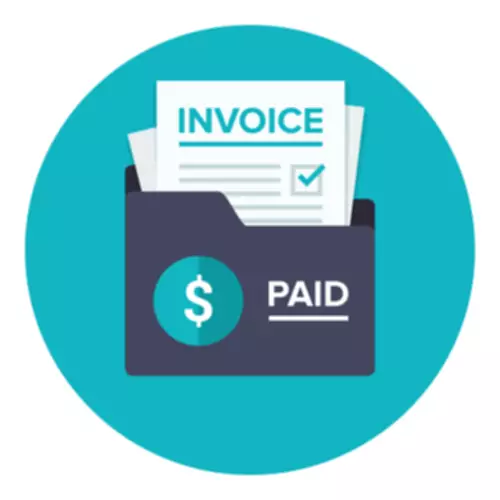Content

Correcting entries in accounting is used to rectify the mistakes made while recording the financial transactions in the books of accounts of the business. Even some organizations establish a routine system to verify the accounting entries made in the business. These incorrect entries can be located while preparing the trial balance when the debits and credits total do not match or while reconciling the balances with the parties to which such balance relates.
- Remember, we have an external expectation of materiality as we saw in the introduction to this section, looking at Ernst & Young, LLP accounting firm’s opinion on the Alphabet, Inc. financial statements.
- B) -Accounts payable report was wrongly recorded as $50,000 in the purchases day book which is a book of original entry as shown in the balance sheet while the correct amount was $60,000.
- Reversals are often used when you record an entry in the wrong account.
- To illustrate how to prepare correcting entries, here are some examples.
- To fix the entries, find the difference between the correct amount and the mistaken entry.
- Accounting changes and error correction is a pronouncement made by the Financial Accounting Standards Board (FASB) and the International Accounting Standards Board (IASB).
The SEC’s recently adopted share repurchase disclosure rules will require registrants to report daily repurchase activity quarterly or semi-annually and make other qualitative disclosures regarding their repurchase plans. The following shows the adjusting journal entries Robson needs to make at December 31, 2012. Transposition indicates that the individual figures in an item are interchanged, whereas in transplacement, the digit is either moved forward or backward to cause the error. We cannot rule out the possibility of errors still existing due to the transposition or transplacement of figures. Locating errors is like searching for a black cat in a dark room, all the while wearing sunglasses.
This article is from the book:
In other cases, management may try to offer explanations that suggest the error is just a change in estimate, not requiring retrospective restatement. Sometimes these justifications may be motivated by factors that don’t reflect sound accounting principles. As such, the accountant must be prudent and exhibit good judgment when examining the causes of errors to ensure the final disclosures fairly present the economic reality of the situation.

Unintentional errors are a category of mistakes that need to be rectified to maintain accounts correctly (i.e., to ensure they are true and fair). If such errors are left uncorrected, they affect the final accounts of the concern. However, when a trial balance is out of the agreement at the end of a period, it is common to open a Suspense Account and to enter https://www.bookstime.com/ the difference in trial balance into this account. Bank reconciliations, for example, should be performed monthly. Fixed assets may be reconciled only annually so you can ensure that you have booked the correct amount of depreciation expense. An error of reversal occurs when a transaction that should have been posted as a debit is posted as credit.
What is Correcting Entry?
This stage involves opening of the respective ledger accounts and transferring the erroneous information as it is. At this point, the entrepreneur or accountant is in a position to tell the status quo of the account. At the same time, this step aids one to vividly understand the approach to use to correct the error. Unintentional accounting errors are common if the journal keeper is not careful or the accounting software is outdated. The discovery of such errors usually occurs when companies conduct their month-end book closings. These errors will influence the profit and loss account and balance sheet.
We can see that there is quite a range of potential causes of financial misstatements. However, regardless of the cause, errors need to be corrected once they are discovered. Using rolling back technique, as per information accounting errors provided, trace the origin of the error that occurred. This approach will aid the accountant or the entrepreneur if he or she is the one solving the problem so as to comprehend the items affected by that error.
Error of Omission
One of the classifications is on the basis of disclosed errors and undisclosed errors. This is done knowing that stock should be recorded in the books at cost or market price, whichever is less. For example, stock may be recorded at market price, which is higher than the cost price, to increase the current ratio and to create confidence among creditors. We follow strict ethical journalism practices, which includes presenting unbiased information and citing reliable, attributed resources. Finance Strategists is a leading financial literacy non-profit organization priding itself on providing accurate and reliable financial information to millions of readers each year.
